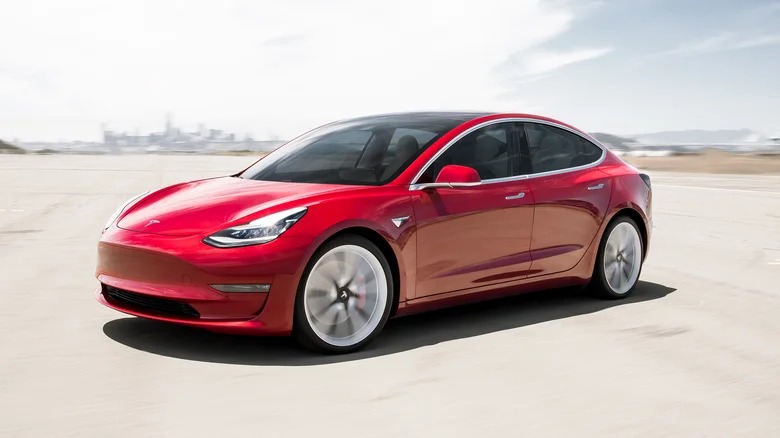Electric vehicles are seen as the future of the automobile but there are lots of hidden costs. This includes the crazy cost of replacing an electric car battery.
The cost to replace an electric car battery can vary significantly depending on the make and model of the electric vehicle. The size and capacity of the battery pack also needs to be taken into account. It’s important to note that battery technology and pricing are continually evolving, so the information provided here might be outdated.
On average, replacing an electric car battery could cost anywhere from $5,000 to $25,000 or more. Some luxury electric vehicles with larger battery packs might have even higher replacement costs. However, it’s essential to consider that many EV manufacturers offer warranties on their battery packs for a certain number of years or miles. These often range from 8 to 10 years or more. These warranties typically cover battery replacements if certain criteria are met. Such as a significant decrease in battery capacity over time.

The Insane Cost of Replacing An Electric Car Battery.
Some manufacturers offer battery refurbishment or remanufacturing programs. These will be a more cost-effective option compared to completely replacing the battery with a brand new one.
To get an accurate and up-to-date cost for replacing an electric car battery, it’s best to consult the specific automaker or authorized service centers for the make and model of your electric vehicle. As battery technology advances and becomes more widespread, battery replacement costs will decrease over time.
How Do Electric Cars Work?
Electric cars, also known as electric vehicles (EVs), work by using an electric motor powered by electricity stored in a battery. Here’s a general overview of how electric cars work:
- Electric Motor: At the heart of an electric car is an electric motor. This motor converts electrical energy into mechanical energy, which drives the wheels of the vehicle.
- Battery Pack: Electric cars are powered by a large battery pack that stores the electrical energy. The battery packs are usually made up of numerous lithium-ion cells connected in series and parallel to provide the necessary voltage and capacity. The battery pack is the most crucial component in an electric car, as its capacity and efficiency directly affect the car’s range and performance.
- Charging System: To charge the battery pack, electric cars are connected to an external power source, such as an electric charging station or a wall outlet. The charging system ensures that electrical energy from the power source is safely transferred to the battery.

How Do Electric Cars Work? – Continued
- Inverter: Electric cars use an inverter to convert the direct current (DC) from the battery pack into the alternating current (AC) required by the electric motor. AC motors are more common in electric cars due to their efficiency and regenerative braking capabilities.
- Onboard Charger: The onboard charger is responsible for managing the charging process. This regulates the current flow from the external power source into the battery pack.
- Drive Controller: The drive controller manages the power sent from the battery to the electric motor. It controls the motor’s speed and torque, allowing the driver to accelerate or decelerate the car.
- Regenerative Braking: One of the significant advantages of electric cars is regenerative braking. When the driver applies the brakes, the electric motor switches to generator mode. This converts some of the kinetic energy back into electrical energy to recharge the battery. This process helps to extend the vehicle’s range and improves overall energy efficiency.
- Transmission: Electric cars typically have a single-speed transmission since electric motors can deliver a wide range of torque and speed. This is done without the need for complex multi-gear systems found in traditional internal combustion engine vehicles.
- Electric Control Unit (ECU): Like traditional cars, electric vehicles have an ECU that controls various functions and systems, ensuring they work together efficiently.
When the driver presses the accelerator pedal, the electric control unit signals the motor to draw power from the battery pack. The electric motor drives the wheels, propelling the car forward. Conversely, when the driver applies the brakes, the regenerative braking system converts some of the kinetic energy into electricity. This kinetic energy is used to recharge the battery and the process repeats as the car is driven. This allows electric vehicles to operate without direct reliance on fossil fuels and producing zero tailpipe emissions.



































